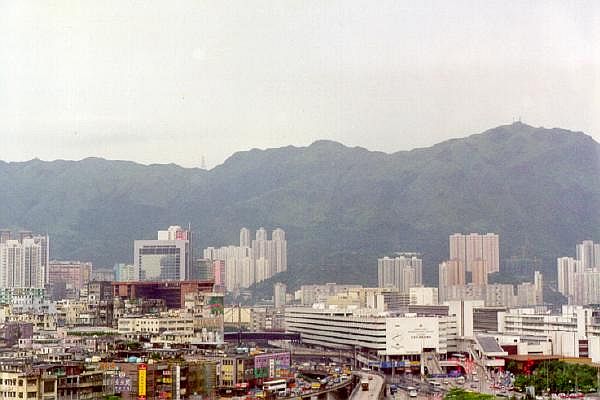|
Ou (surname)
Ou is the pinyin romanization of the Chinese surnames and , which share a common origin with the compound surname Ouyang (), from the ruling family of the State of Yue during the Spring and Autumn period. They are commonly romanized as Au or Ao in Cantonese. Ou 歐 is listed 361st in the Song dynasty classic text ''Hundred Family Surnames''. As of 2008, Ou 欧 is the 134th most common surname in China, shared by 1.13 million people. Most recently, by using the 2010 China census data and statistical analysis data that included random sampling from Taiwan, Hong Kong and Macau, the Fuxi Culture Research Association ranked the surname / 291st most common in China, shared by around 199,000 people (0.015% of the Chinese population) with the largest concentration of holders in Guangdong province. Distribution Ou was the 27,293th most common surname in the United States during the 1990 census and the 11,845th most common surname during the 2000 census. Au ranked 11,417th and 5,195th, ... [...More Info...] [...Related Items...] OR: [Wikipedia] [Google] [Baidu] |
Pinyin
Hanyu Pinyin (), often shortened to just pinyin, is the official romanization system for Standard Mandarin Chinese in China, and to some extent, in Singapore and Malaysia. It is often used to teach Mandarin, normally written in Chinese form, to learners already familiar with the Latin alphabet. The system includes four diacritics denoting tones, but pinyin without tone marks is used to spell Chinese names and words in languages written in the Latin script, and is also used in certain computer input methods to enter Chinese characters. The word ' () literally means "Han language" (i.e. Chinese language), while ' () means "spelled sounds". The pinyin system was developed in the 1950s by a group of Chinese linguists including Zhou Youguang and was based on earlier forms of romanizations of Chinese. It was published by the Chinese Government in 1958 and revised several times. The International Organization for Standardization (ISO) adopted pinyin as an international standard ... [...More Info...] [...Related Items...] OR: [Wikipedia] [Google] [Baidu] |
State Of Yue
Yue (, Old Chinese: ''*''), also known as Yuyue (), was a state in ancient China which existed during the first millennium BC the Spring and Autumn and Warring States periods of China's Zhou dynasty in the modern provinces of Zhejiang, Shanghai and Jiangsu. Its original capital was Kuaiji (modern Shaoxing); after its conquest of Wu, Yue relocated its court north to the city of Wu (modern-day Suzhou). Yue was conquered by Chu in 306 BC. History A specific kingdom, which had been known as the "Yue Guo" () in modern Zhejiang, was not mentioned until it began a series of wars against its northern neighbor Wu during the late 6th century BC. According to the ''Records of the Grand Historian'' and '' Discourses of the States'', the Yue are descended from Wuyu, the son of Shao Kang which as known as the sixth king of the Xia dynasty. With help from Wu's enemy Chu, Yue was able to be victorious after several decades of conflict. The famous Yue King Goujian destroyed and ann ... [...More Info...] [...Related Items...] OR: [Wikipedia] [Google] [Baidu] |
Kai Tak Airport
Kai Tak Airport was the international airport of Hong Kong from 1925 until 1998. Officially known as Hong Kong International Airport from 1954 to 6 July 1998, it is often referred to as Hong Kong International Airport, Kai Tak, or simply Kai Tak and Kai Tak International Airport, to distinguish it from its successor, Chek Lap Kok International Airport, built on reclaimed and levelled land around the islands of Chek Lap Kok and Lam Chau, to the west. Because of the geography of the area positioning the airport with water on three sides of the runway, with Kowloon City's residential apartment complexes and 2000-plus foot mountains to the north-east of the airport, aircraft could not fly over the mountains and quickly drop in for a final approach. Instead, aircraft had to fly above Victoria Harbour and Kowloon City, passing north of Mong Kok's Bishop Hill. After passing Bishop Hill, pilots would see Checkerboard Hill with a large red and white checkerboard pattern. Once the pa ... [...More Info...] [...Related Items...] OR: [Wikipedia] [Google] [Baidu] |


